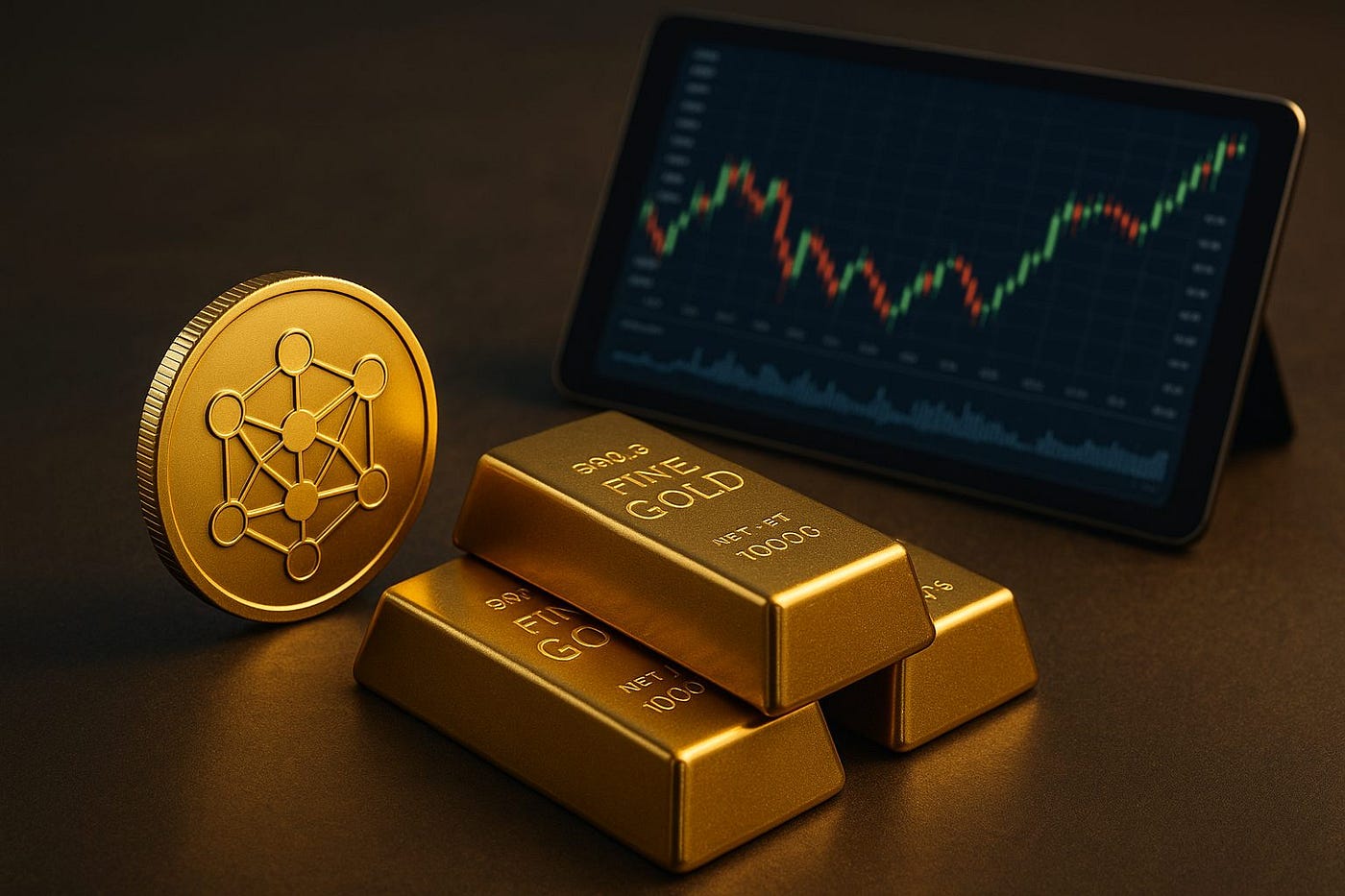Technology has reshaped nearly every industry, and precious metals trading is no exception. Today’s coin dealers and bullion buyers use sophisticated tools that would have seemed like science fiction just a decade ago. These advances protect both buyers and sellers from fraud while making transactions faster and more accurate.
The Evolution of Metal Testing Technology
Traditional methods of testing gold and silver relied on acid tests, specific gravity measurements, and visual inspection. These techniques worked but had limitations. Acid tests damage the surface of coins and jewelry. Specific gravity tests require clean water and precise measurements. Visual inspection depends entirely on human expertise.
Modern electronic testers changed everything. X-ray fluorescence (XRF) analyzers can determine metal composition without touching the item’s surface. These devices shoot X-rays at the metal and measure the energy that bounces back. Each element produces a unique signature, allowing instant identification of gold, silver, platinum, and other metals.
Local dealers, including operations like Waco Coin Buyers, now use these tools to provide instant, accurate assessments. This technology benefits everyone involved. Sellers get fair prices based on exact metal content. Buyers avoid purchasing counterfeit items.
Ultrasonic Testing Catches Sophisticated Fakes
Counterfeiters have become more sophisticated too. Tungsten-filled gold bars fool simple density tests because tungsten has nearly the same density as gold. But ultrasonic testing reveals these fakes immediately.
Ultrasonic devices send sound waves through metal objects. Different materials conduct sound at different speeds. Gold conducts ultrasonic waves at 3,240 meters per second. Tungsten conducts them at 5,174 meters per second. The device detects these differences instantly, exposing even the most convincing counterfeits.
Professional coin dealers invest in this equipment to protect their customers and their businesses. The technology has become affordable enough that many local shops now offer ultrasonic verification as a standard service.
Digital Microscopy Reveals Hidden Details
Grading coins requires examining tiny details invisible to the naked eye. Digital microscopes connected to computers allow dealers to magnify coins up to 1000 times. This magnification reveals mint marks, die varieties, and wear patterns that determine a coin’s grade and value.
The software accompanying these microscopes can capture and store images. Dealers build databases of coins they’ve examined, creating reference libraries for future comparisons. Some programs use image recognition to identify coins automatically, comparing them against thousands of known examples.
Machine learning algorithms get better at this task every day. They learn to spot the subtle differences between an MS-64 and MS-65 grade coin. This technology helps standardize grading across the industry.
Blockchain Creates Transparent Transaction Records
Blockchain technology, famous for powering cryptocurrencies, now tracks physical precious metals too. Several companies offer blockchain-based certificates for gold and silver purchases. These digital certificates create permanent, tamper-proof records of ownership.
Here’s how it works. When someone buys a gold coin, the dealer creates a blockchain entry recording the transaction. This entry includes the coin’s serial number, weight, purity, and photographs. The buyer receives a digital certificate linked to this blockchain record.
If the buyer later sells the coin, the blockchain updates to show the new owner. Anyone can verify the coin’s history by checking the blockchain. This transparency reduces fraud and makes it easier to track stolen items.
Mobile Apps Connect Buyers and Sellers
Smartphone apps have democratized precious metals trading. Apps like Kitco, APMEX, and JM Bullion let users check spot prices, calculate melt values, and even complete purchases from their phones.
Price alert features notify users when gold or silver reaches target prices. Portfolio tracking tools show real-time values of coin collections. Educational resources teach new collectors about different coins and their histories.
Local dealers benefit from these apps too. They help customers understand current market prices, building trust through transparency. When customers can verify prices themselves, they feel confident they’re getting fair deals.
Artificial Intelligence Speeds Authentication
AI systems now analyze coins faster than any human expert. These systems examine thousands of data points simultaneously. They compare weight, dimensions, surface texture, and magnetic properties against known authentic examples.
One company developed an AI that identifies counterfeit American Silver Eagles with 99.9% accuracy. The system learned by analyzing millions of images of real and fake coins. It spots tiny inconsistencies that human eyes miss.
This technology helps dealers process large collections quickly. Instead of spending hours examining each coin, they can authenticate hundreds of coins in minutes. Faster processing means better prices for sellers and lower costs for buyers.
Spectrometry Provides Chemical Fingerprints
Optical emission spectrometry takes metal analysis to the molecular level. This technology heats a tiny sample of metal until it glows. Different elements emit different colors of light when heated. Spectrometers measure these colors to determine exact chemical composition.
This precision matters for rare coins and historical artifacts. Knowing the exact alloy composition can reveal when and where a coin was minted. Museums and serious collectors use this information to verify authenticity and track historical trade routes.
3D Scanning Preserves Coin Details
Three-dimensional scanning creates perfect digital replicas of coins. These scans capture every scratch, dent, and wear mark. Collectors use them to document their collections for insurance purposes. Researchers study them to understand minting techniques and wear patterns.
Some dealers now offer 3D scanning as a service. They provide customers with digital files of their coins before purchase. Buyers can examine these files in detail, zooming in on any area of concern. This transparency builds confidence in online transactions where buyers can’t physically inspect coins before purchase.
Database Technology Tracks Market Trends
Big data analytics help dealers and collectors understand market trends. Companies aggregate sales data from thousands of transactions. They track which coins sell quickly, which ones appreciate in value, and which ones collectors seek most.
This information guides purchasing decisions. Dealers stock coins that sell well in their markets. Collectors identify undervalued coins before prices rise. Everyone makes more informed decisions based on actual market data rather than speculation.
Professional Coin Grading Service (PCGS) and Numismatic Guaranty Corporation (NGC) maintain massive databases of graded coins. Their population reports show how many coins exist in each grade. This scarcity information directly affects values.
Security Technology Protects Shipments
Shipping valuable metals requires sophisticated security measures. GPS trackers monitor packages in real-time. Tamper-evident packaging reveals any attempted theft. Insurance companies use this technology to reduce claims and lower premiums.
Smart safes in dealer locations add another layer of security. These safes record every opening, weigh contents continuously, and alert owners to unauthorized access attempts. Some models include cameras that photograph anyone who opens them.
The Future of Precious Metals Technology
Quantum computers may soon revolutionize metal analysis. These machines could simulate molecular interactions, predicting how different alloys behave under various conditions. This knowledge could expose new types of counterfeits before they enter the market.
Augmented reality (AR) apps could let collectors visualize coins in their actual size before buying. Virtual reality (VR) might create immersive experiences where people explore historical mints or attend virtual coin shows.
DNA marking technology already exists for diamonds. Similar techniques could mark gold and silver items with invisible, permanent identifiers. These markers would make stolen items easier to recover and counterfeit items impossible to pass as genuine.
Making Technology Work for You
All this technology serves one purpose: creating trust in precious metals transactions. Whether you’re selling inherited coins or building an investment portfolio, these tools ensure fair, accurate valuations.
Local dealers who invest in proper technology demonstrate their commitment to honest business practices. They can verify authenticity, grade accurately, and offer competitive prices based on real data.
The precious metals industry has embraced technology while maintaining its traditional values of trust and integrity. These advances benefit everyone, from casual collectors to serious investors. As technology continues advancing, buying and selling precious metals will become even more secure, transparent, and accessible.



































